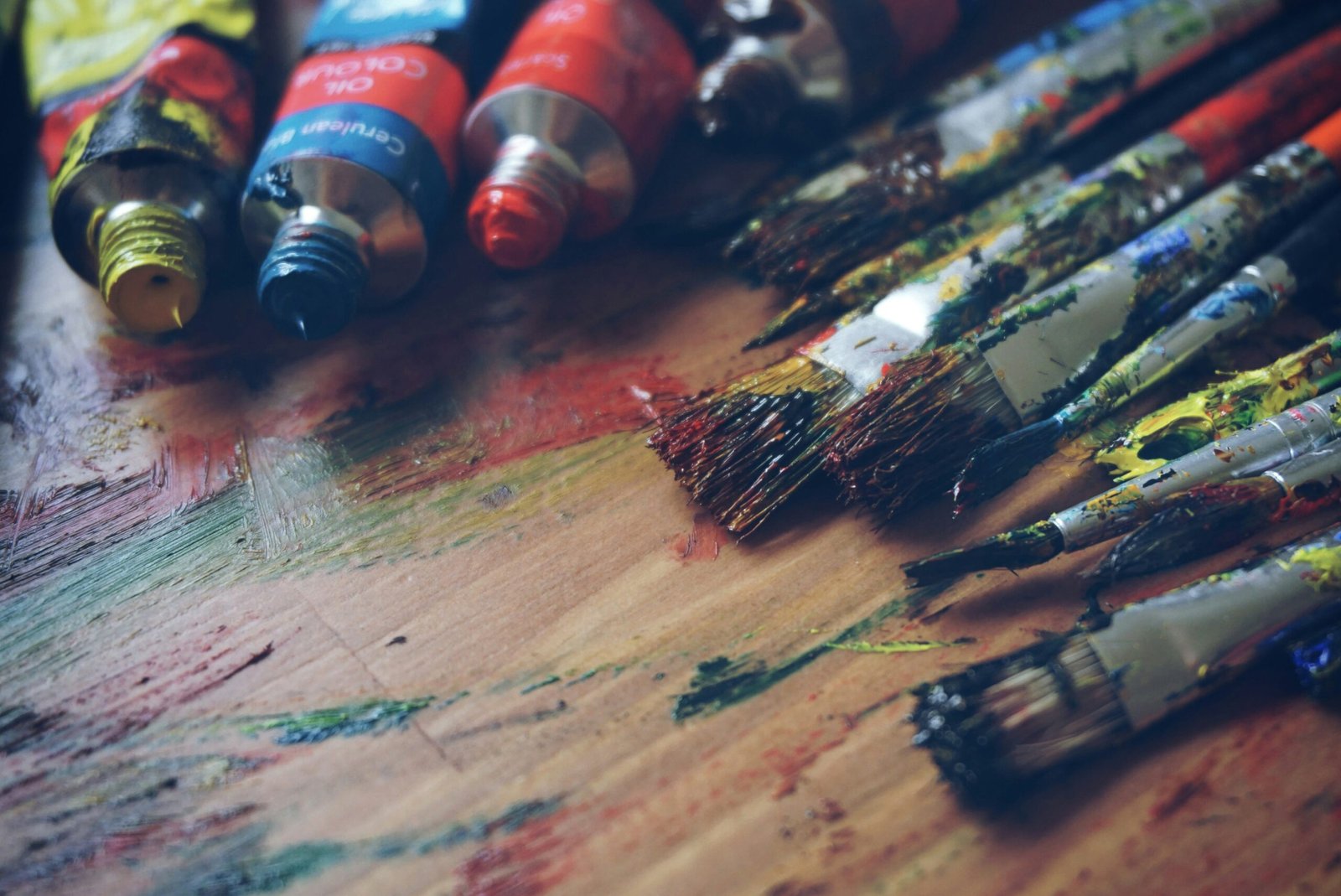Sculpting is an intricate art form that allows for the creation of three-dimensional pieces, providing a unique experience compared to two-dimensional painting.
- Types of Clay: Different clays serve various purposes. Air-dry clay is ideal for beginners and small projects, as it doesn’t require a kiln. Polymer clay, which hardens when baked, is perfect for detailed work and miniatures. Oil-based clay remains malleable, making it suitable for larger sculptures that need to be shaped and reshaped over time.
- Sculpting Tools: The right tools are essential for achieving your desired effects. Basic tools include:
- Loop Tools: Used for shaping and carving clay, allowing for controlled cuts and smooth surfaces.
- Wire Cutters: Ideal for slicing through clay, especially in larger projects.
- Detailing Tools: Help in adding intricate designs and textures to your work. Investing in a variety of tools will enable you to experiment with different techniques.
- Armatures: An armature provides support for larger pieces, preventing them from collapsing as you work. Materials like aluminum wire and wooden dowels are commonly used to create a strong foundation. Understanding how to build a proper armature is crucial, especially for sculptures intended for display.
- Tips for Beginners: Start with small projects to familiarize yourself with the materials and tools. Study the work of established sculptors to inspire your designs. Don’t hesitate to experiment with different types of clay and tools until you find what works best for you.
